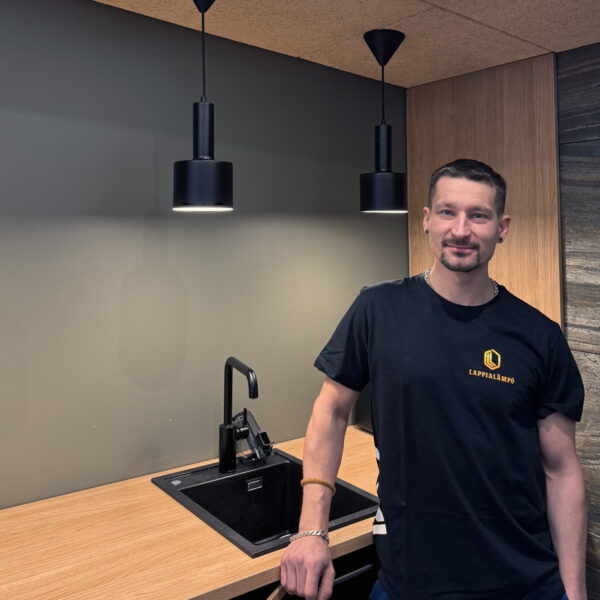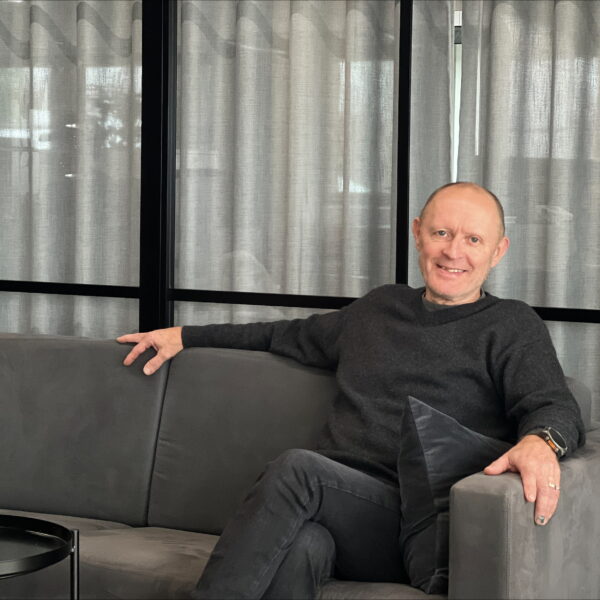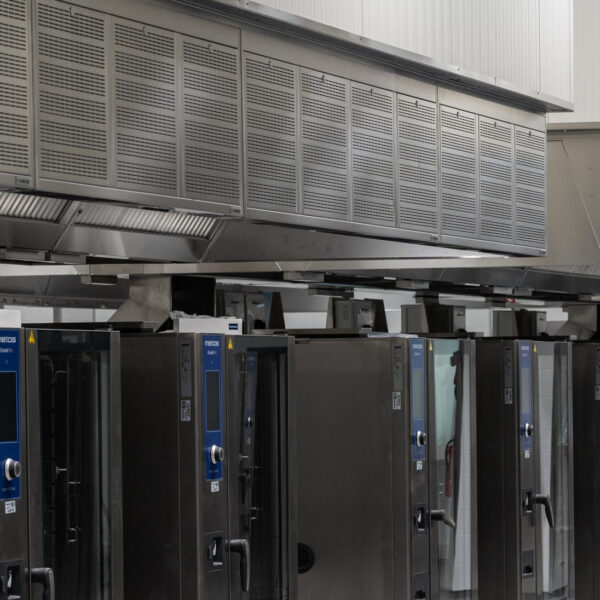The exhaust air at professional kitchens always needs at least some sort of cleaning. Back in the days, mechanical filtration was the only method used – mostly because there were no other options.
Mechanical filtration is actually quite efficient when used for large, over 10 µm grease particles. However, the efficiency of mechanical filtering is measured in the quantity of large particles removed, meaning that nearly any grid whatsoever does a decent job, at least seemingly.
The problem is not that many such large grease particles are born in the cooking process. In addition, most of these particles are too heavy to even reach the filters and instead land down on the stove. One can think about the circle of grease around a frying pan when cooking at home.
From a manufacturer’s point of view this obviously is an intriguing, yet misleading way to state the efficiency of a grease filter. High pressure difference combined with big particle size grants almost any filter a 100% filtration rate – which is far from the reality.
The most efficient 4 step cleaning technology with safe, high-intensity UV technique
The modern grease filtration should utilize UV cleaning which is proven to be effective against also smaller grease particles. The majority of grease consists of smaller particles, that survive the mechanical filters intact. UV and ozone techniques on the other hand are far more successful in cleaning smaller airborne particles.
What we offer
CleanMaster® hoods and ventilation ceilings utilize the most advanced combination of 4 different cleaning techniques. The process combines mechanical filtering and two different wave-lengths of UV light on top of ozone ensuring clean and fire-safe ducts and grease chambers. Efficient cleaning of the supply air leads to extremely low maintenance costs and the possibility to use modern heat recovery ventilation. Also, the use of ozone neutralizes odors.
CleanMaster® technology fulfills the EN16282-8 standard (Installations for treatment of aerosol; Requirements and testing). It does not produce nitrogen-oxides. No catalysts (such as titanium-oxide TiO2) are used in the devices.


